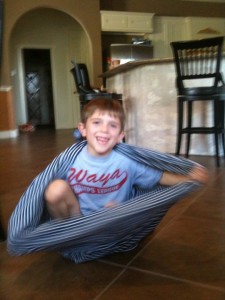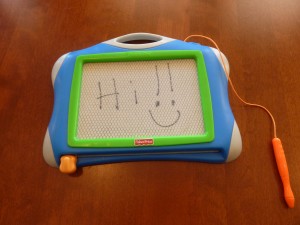There are some station activities that I love to use because they have a basic structure that allows me to not have to think about what to do with regards to setting it up so I can place my attention towards what concepts I want to help Andrew build. They also have worked really well to keep him engaged for almost the same reason, so this actually helps us both out! In my experiences with the children I have taught and with Andrew, they tend to like structure and predictability, which these activities provide, while also maintaining interest by using the activities in different ways so they don’t get boring.
I’ve done past posts on them but thought I would include them again since they help me when planning and setting up My Obstacle Courses, in the same way that having a kit of supplies helps. These are three of my favorite go-to station activities and can be used to build literacy skills, math skills, motor skills, motor planning, problem solving, and social skills (specifically working on turn taking while playing Memory Match). Just click on the link to see either the original post on the activity or the website search results showing a variety of posts on that particular activity.
Memory Match
Make the Same
Crawl and Match
These are station activities that build many different levels of skills and concepts while also being really easy to change up through the use of different themes. I especially like how combining two completely different skill sets, such as pairing motor and academic skills, creates a much more engaging learning experience. It doesn’t have to be complicated. Use these basic activity structures, modify the content to help your child with what they are ready to work on and you are set!!
Engage, Encourage and Empower!


















